GPS Coordinates: 27.752019° 36.226592°
Ruwāfa is a small second-century structure that stands alone in the Arabian desert. It stands on the Nabataean north-south trade route in close proximity to a well but there is no evidence of any substantial urban settlement at the site. Apparently it serviced passing caravans and local nomads.
In recent years Ruwāfa has been the focus of archaeological discussion as five Greek and Nabataean inscriptions have been found there. They describe the structure as being constructed during the reign of emperors Marcus Aurelius and Lucius Verus, (166-169 AD when Lucius Verus died), attesting to Nabataean / Arab construction at this date.
The inscriptions at this site were first recorded in 1910 by Alois Musil who called the place Ruwwāfa. He wrote: “Among the building material I perceived a stone more than two meters long, which I regarded as an architrave. Surmising that there might be some inscriptions upon it; With the help of Tuman I scraped away some of the smaller stones with which it was covered and endeavored to insert my hand beneath it. From under the stone a snake ran out; after thrusting my stick underneath ‘to make sure that no more snakes were concealed there, I rummaged beneath its lower portion and by my ‘sense of touch traced the cuttings of separate letters. When our comrades had come back from the well, we turned the stone over. On it was carved a long Nabataean and Greek inscription of which I prepared two molds … According to the bilingual inscription, the sanctuary was built by the Thamudenoi tribe at the beginning of the second half of the second century of our era.” Musil’s molds or squeezes disappeared and the text remained unknown.
In January 1951, the celebrated British explorer, St. John Philby visited Ruwāfa and rediscovered the inscriptions seen by Musil. He copied out the inscription and took a rubbing of it. He wrote: “The text mentions the names of Marcus Aurelius Antoninus and Lucius Verus as the patrons in whose honour the temple was built and dedicated.” He returned a year later and saw that the inscriptions were still there, although another text had vanished and a third had been mutilated.
In the autumn of 1966 Ruth Stiehl went to Ruwāfaa, where she took a series of photographs of the bilingual inscriptions. These were published in 1969 together with an attempt by Altheim and Stiehl at translating the texts. That attempt was a disaster, as both the photographs add subsequent research have proven.
In 1968 Peter Parr, G. L. Harding, and J. E. Dayton explored Ruwāfaa and again photographed the bilingual inscription. Harding copied part of the Nabataean text. The material from this visit, together with Philby’s copies, was turned over to J. T. Milik, who at last gave the scholarly world the first acceptable translation of the inscription.
In publishing the Ruwāfaa bilingual inscription Milik, following an observation of Philby in a private letter, called attention to Richard Burton’s report that in 1878 the Bedouin showed him, at a distance of two hours south of Ruwāfaa by camel, “a fragment of a Nabataean inscription finely cut in white sandstone.” Burton went on to note, “It had been barbarously broken, and two other pieces were en route. The stone is said to be ten feet long, all covered with writings.” This, on Milik’s view, refers to fragments of the Ruwāfaa text. If so, it is important that Burton mentions an exhibition of the Nabataean fragment in Cairo and the careful photographing of it there.
The mention of Thamūd is interesting, and a topic of debate among historians and linguists who have argued whether the Thamūd were distinct among the various Nabataean groups, or a separate group in themselves.
Ruwāfaa was visited in 2011 by Anik Laferriere and Greg Fisher who photographed the stone and published their findings in the book: Arabs and Empires Before Islam,
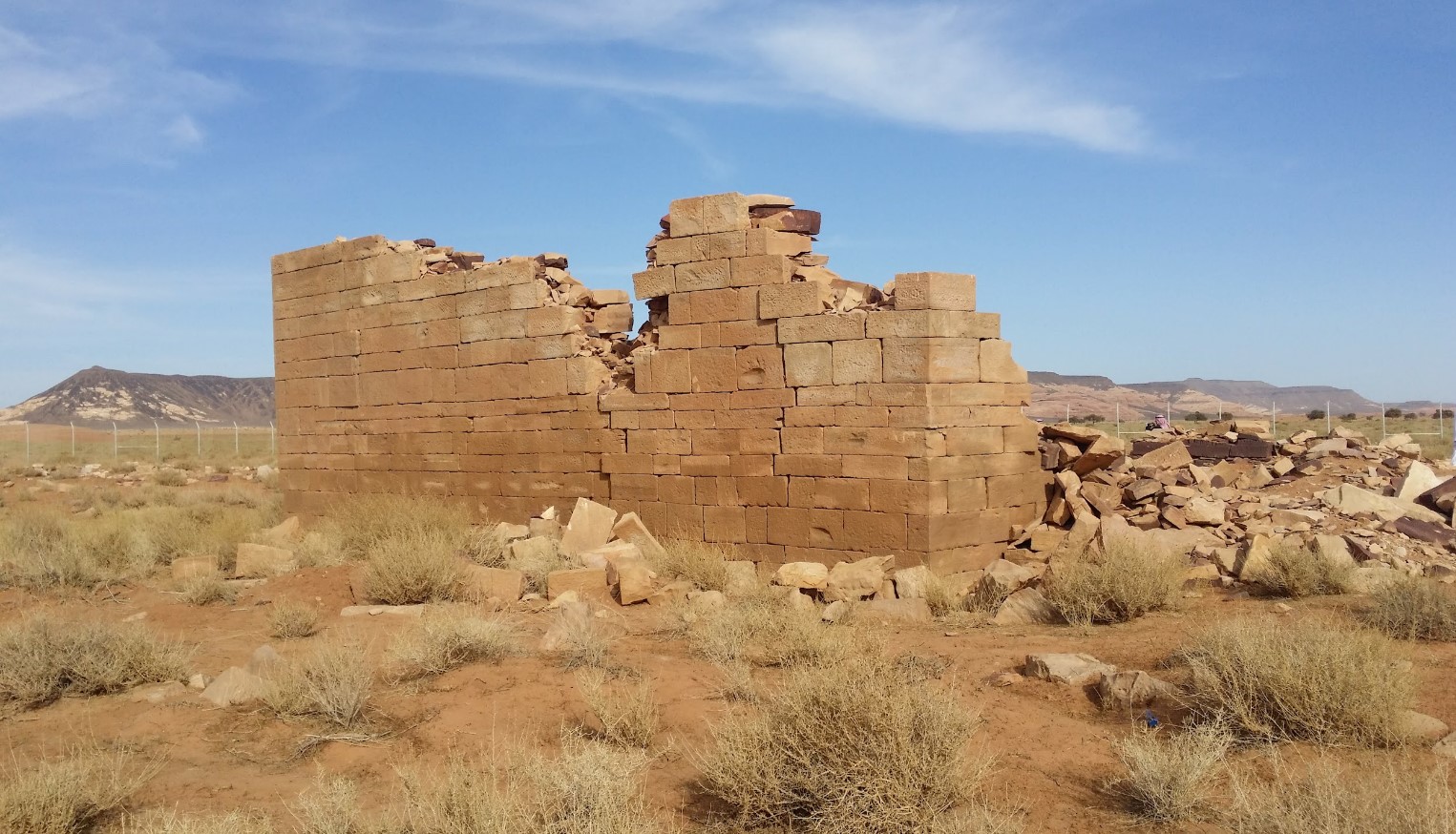
The temple at Ruwāfa
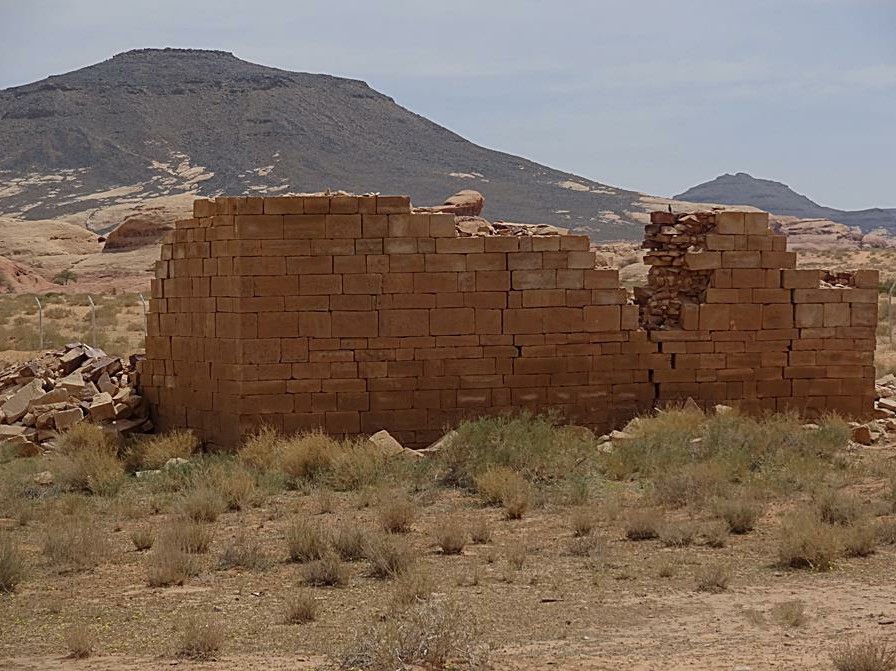
Only the back of the temple at Ruwāfa remains standing.
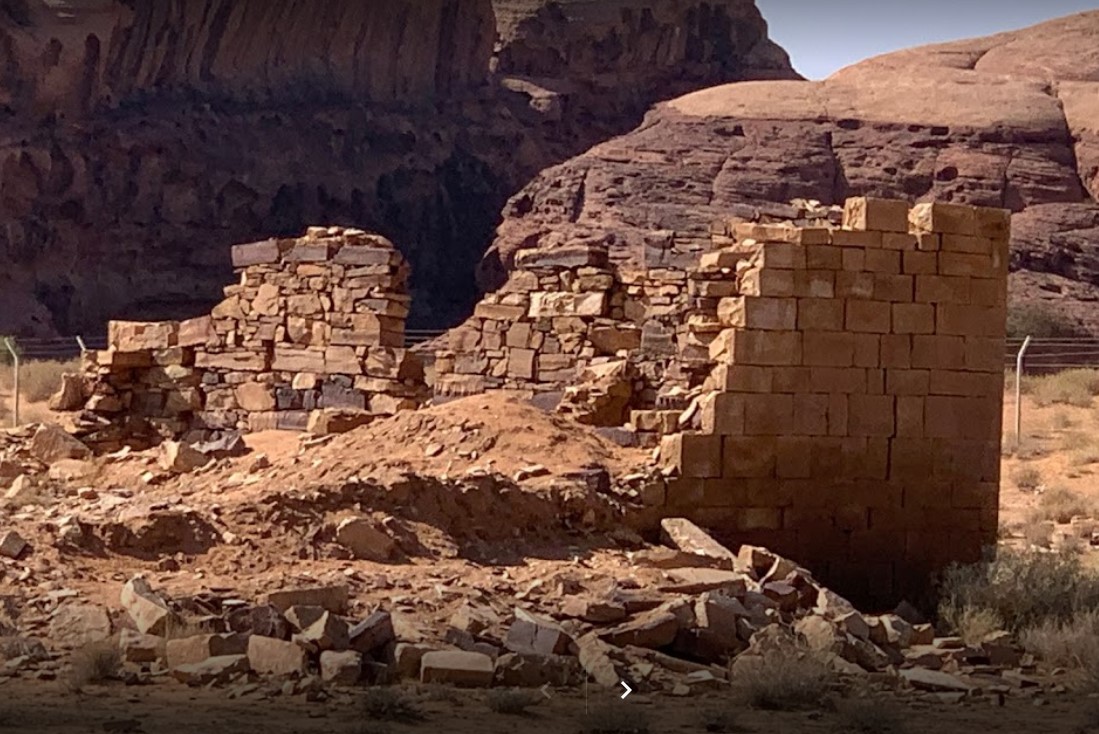
Only the back of the temple at Ruwāfa remains standing. The front is in ruins.
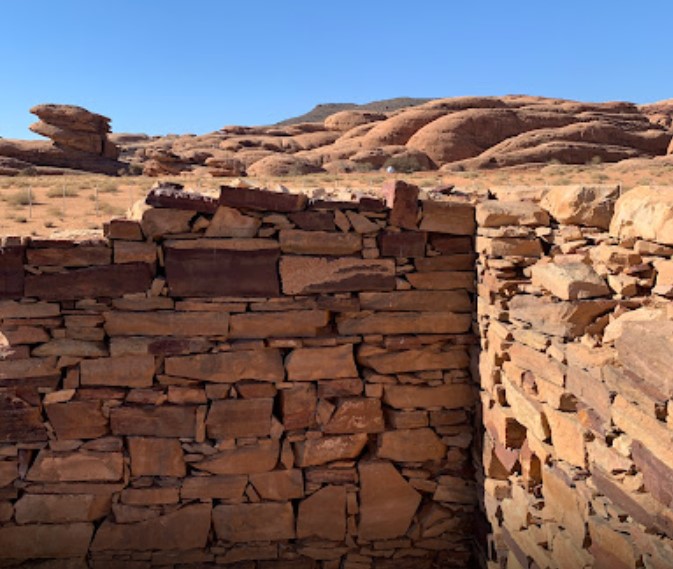
The one clear corner photographed from the inside
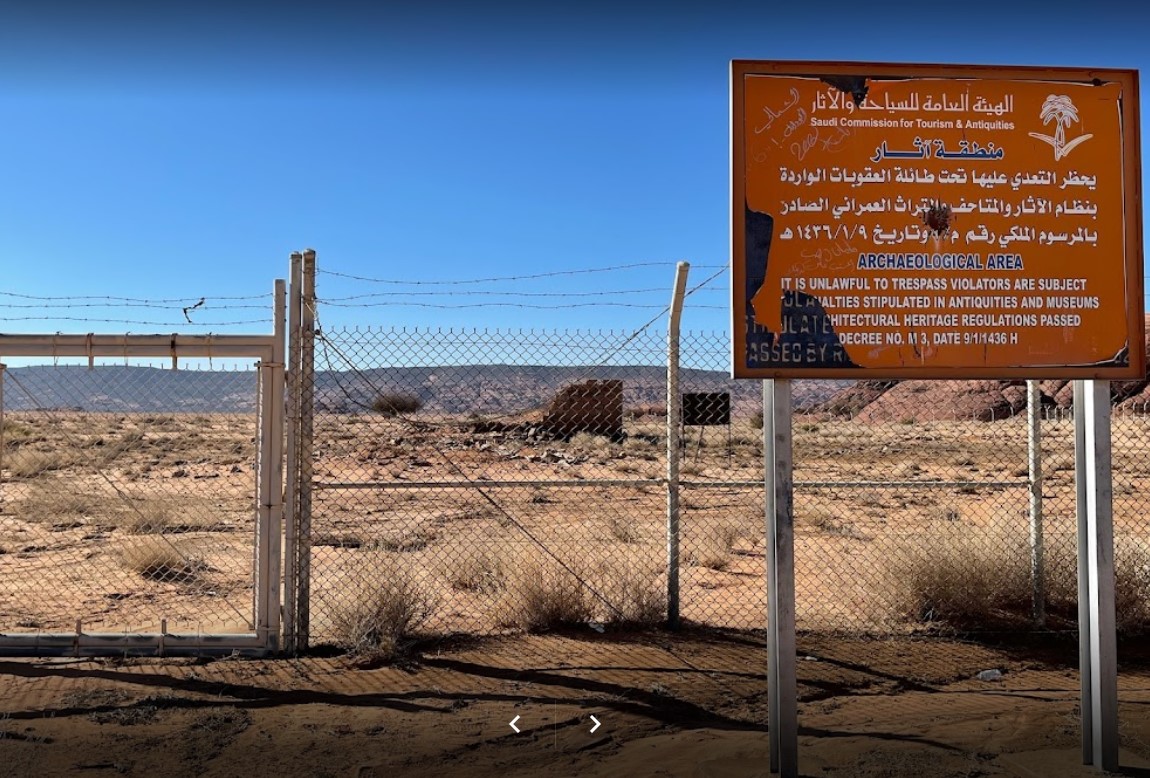
A sign posted by the Saudi Government
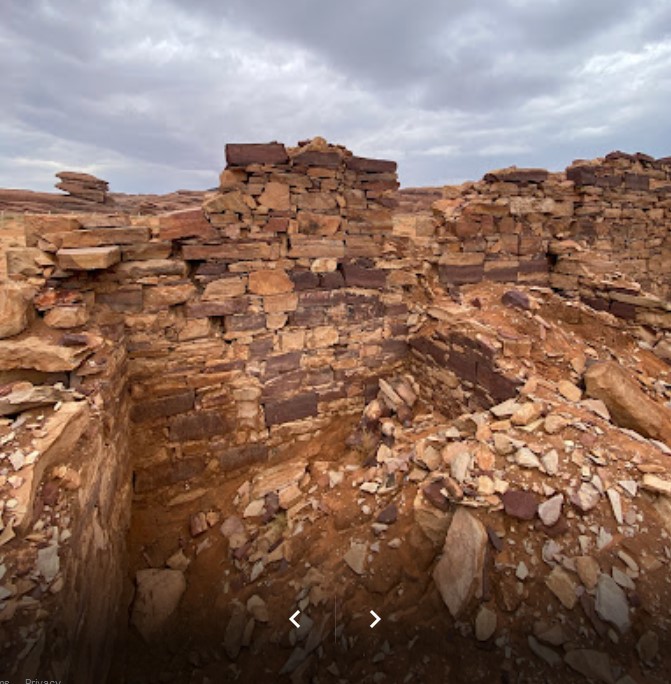
The inside of the temple is a jumble of rocks

Evidence of water collection systems in the nearby rocks
Biography
Alois Musil, 1926, The Northern Hegdz, New York
Bowersock, G. W. 1975.The Greek-Nabataean bilingual inscription at Ruwafa, Saudi Arabia. In Le monde grec: Hommages à Claire Preaux, 513-522. Brussels.
Fisher, Gregg, 2015, Arabs and Empires Before Islam, Oxford University Press; Illustrated edition
Milik, J. T., 1968, Inscriptions grecques et nabatiennes de Rawwafah, in Preliminary Survey inN.W. Arabia. in Bulletin No. 10 of the Institute of Archaeology. London. 1972. p. 54-57
Philby, H. St. John, 1957, The Land of Midian, London
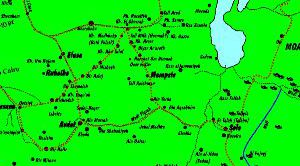

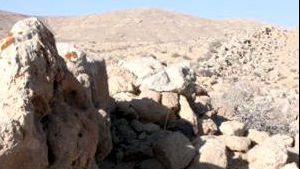

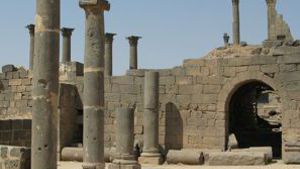
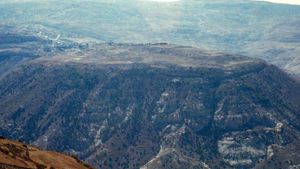

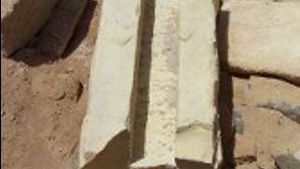
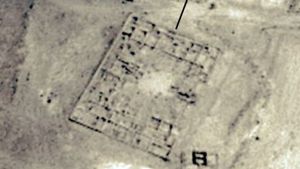

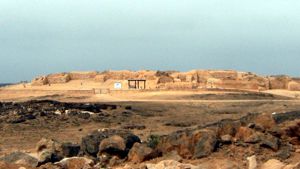
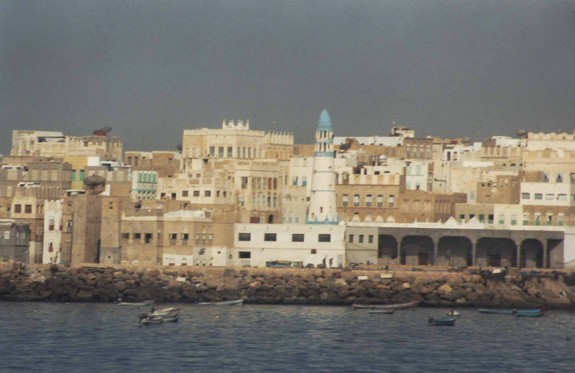
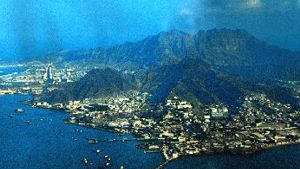
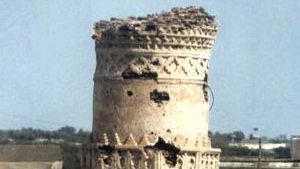
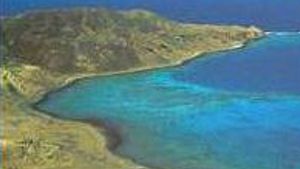
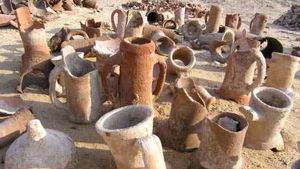
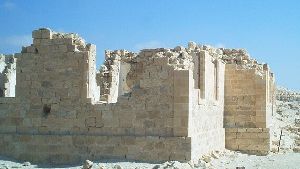
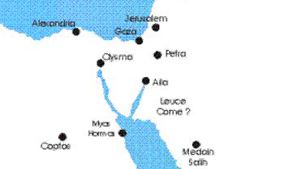
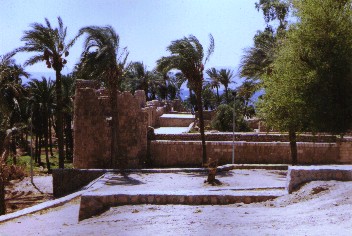
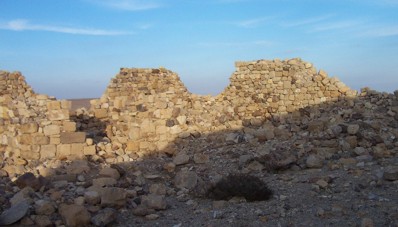
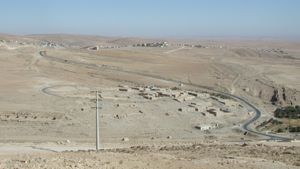
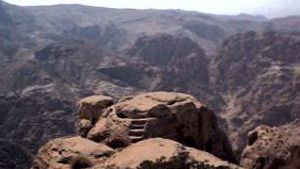
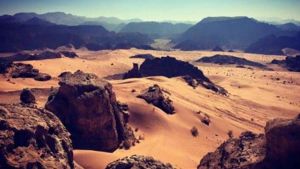

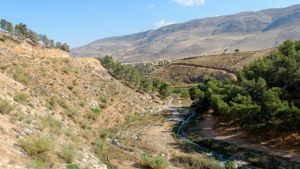
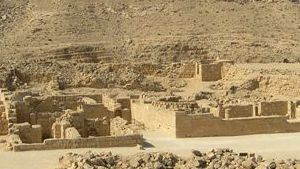
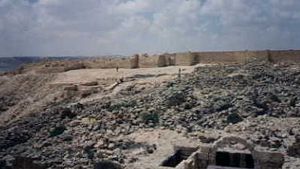
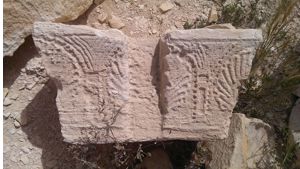


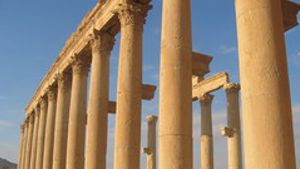

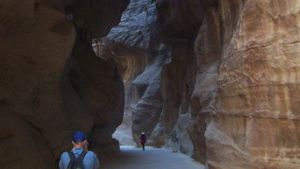

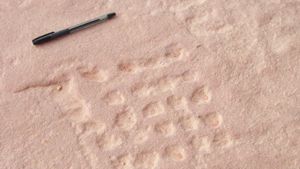

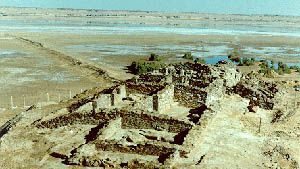
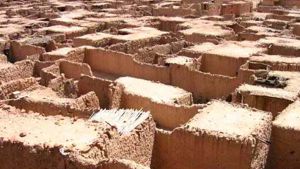
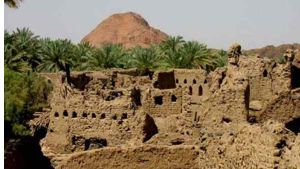
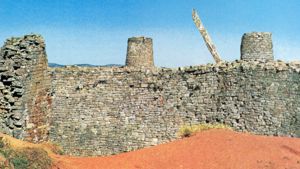
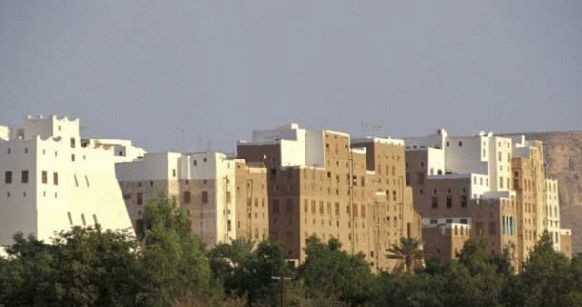
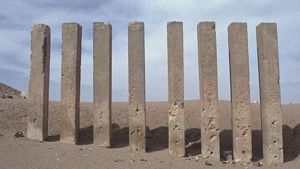
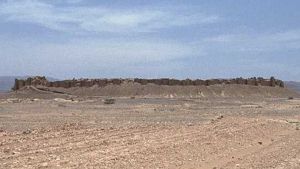
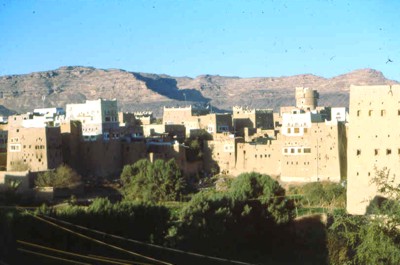


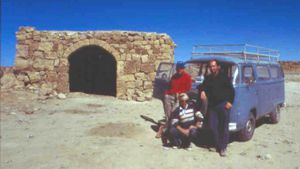
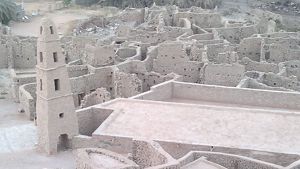
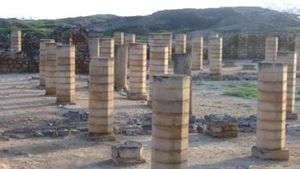


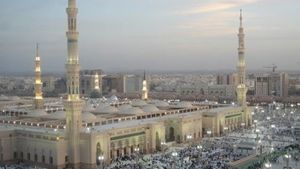
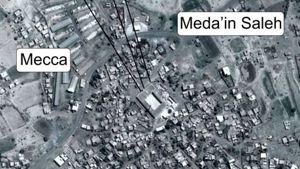
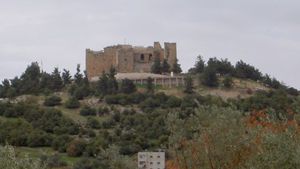
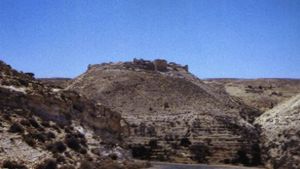
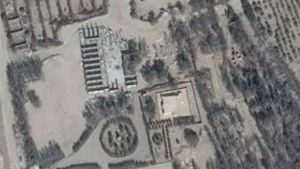
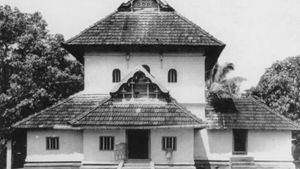
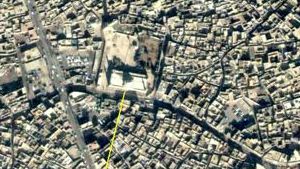
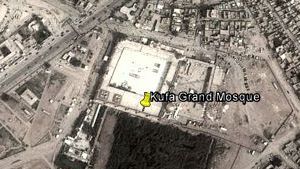


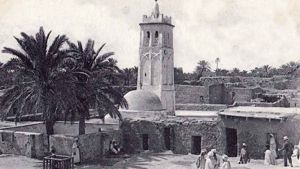
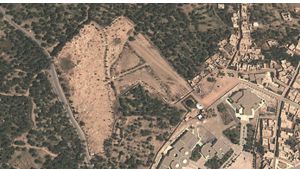
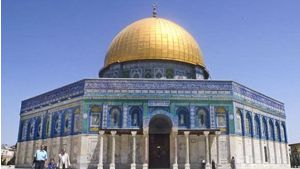
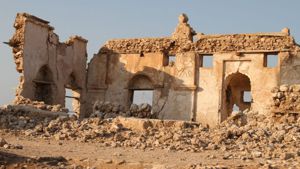
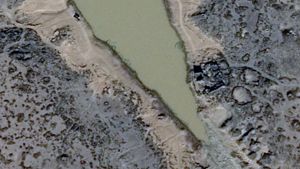
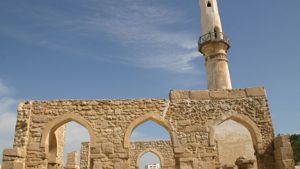
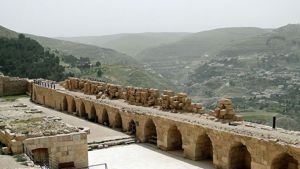
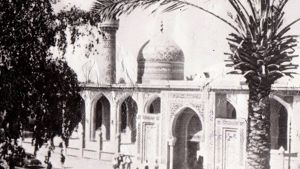
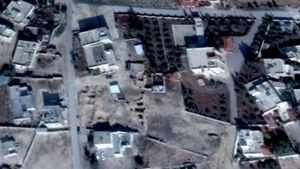
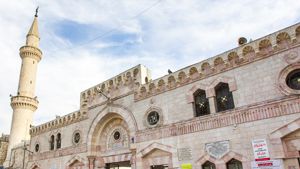

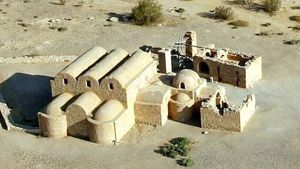
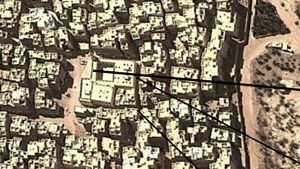
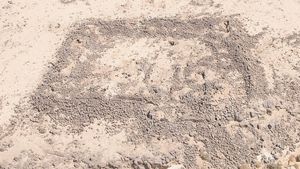
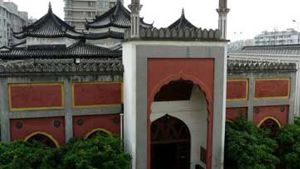
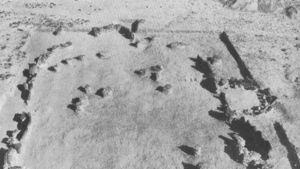
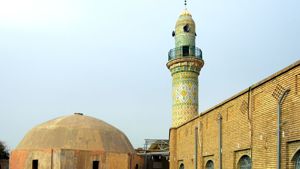
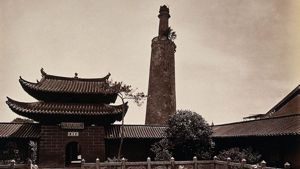
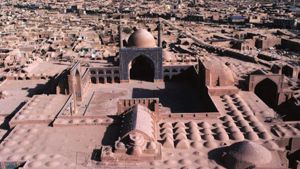
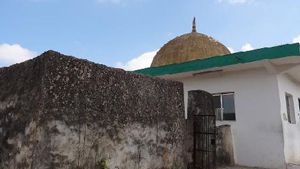
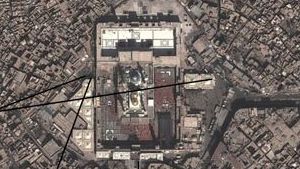
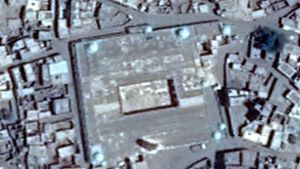
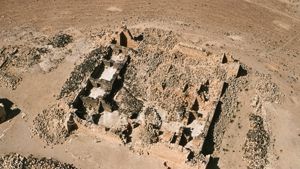
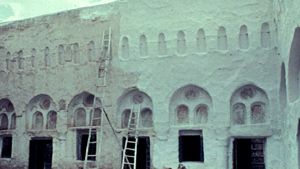

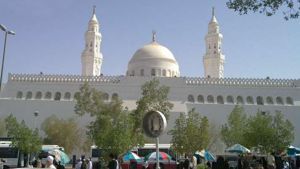
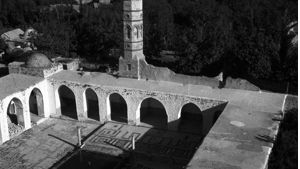
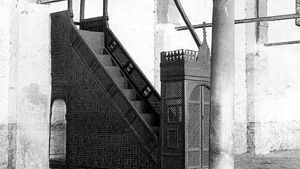
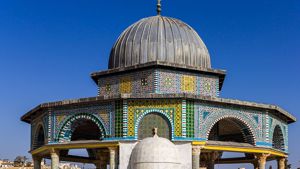

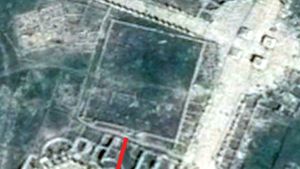
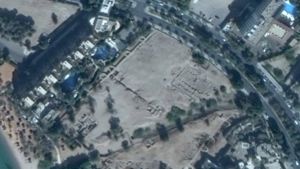
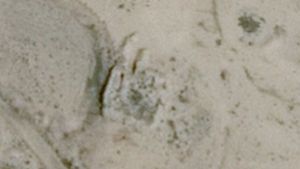
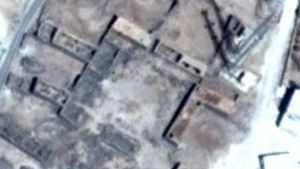
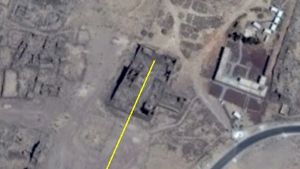
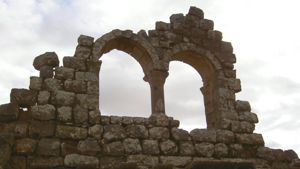
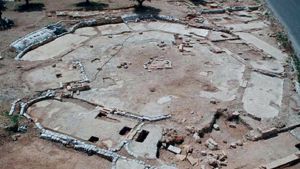
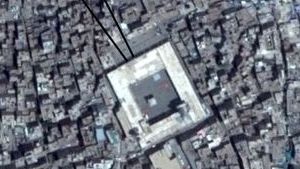

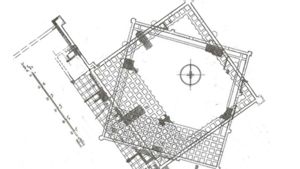
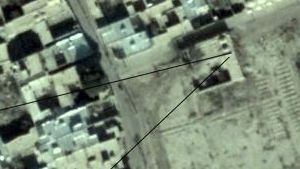

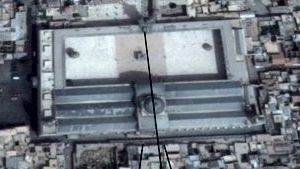
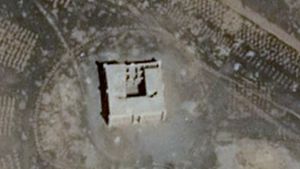

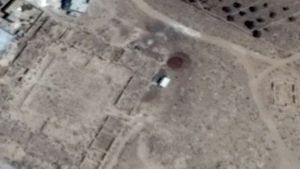
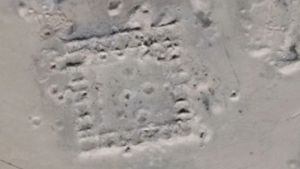
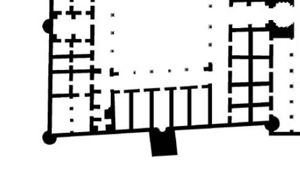

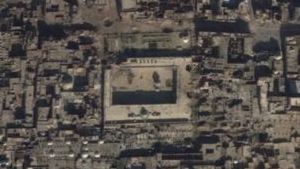
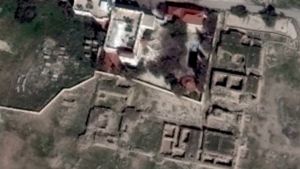
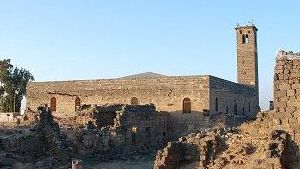
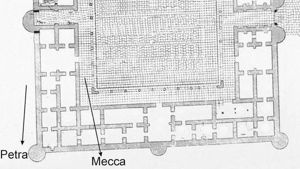
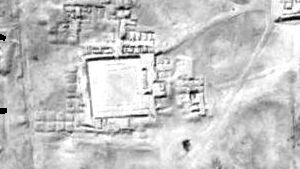
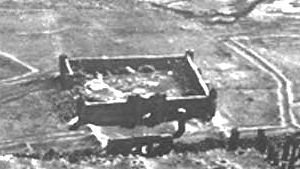
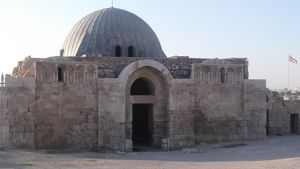
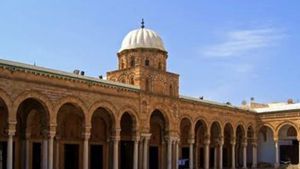
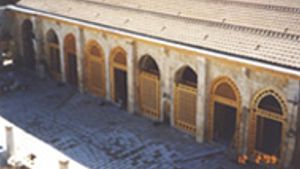

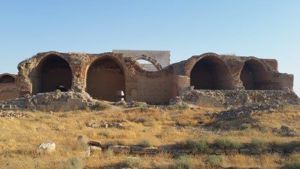
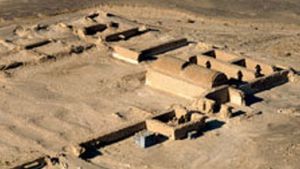
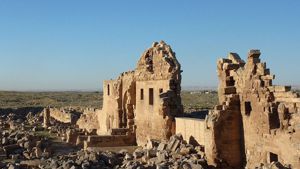
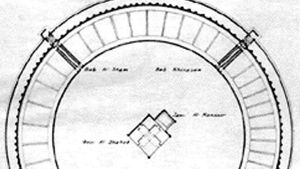
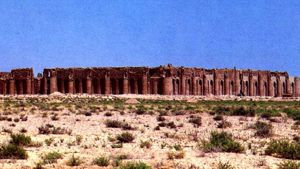
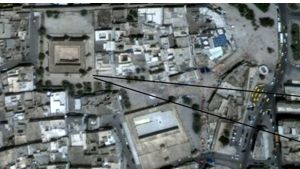
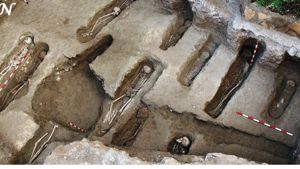
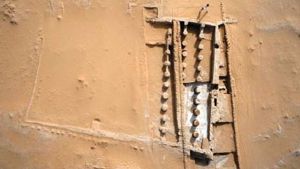
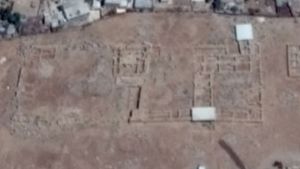
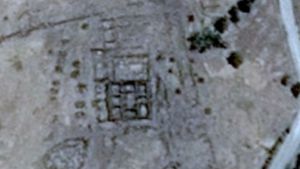
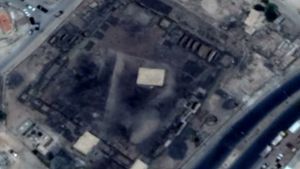
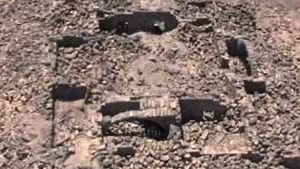
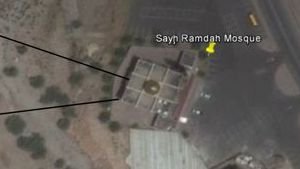
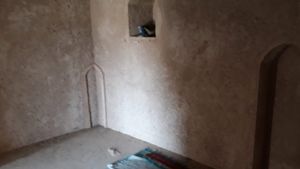

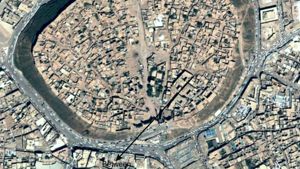
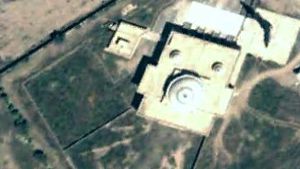
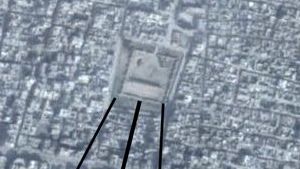
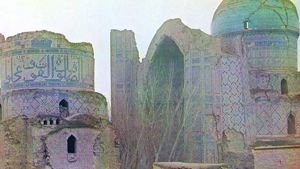
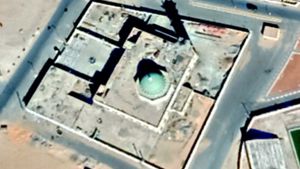

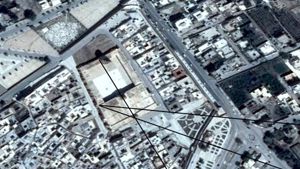
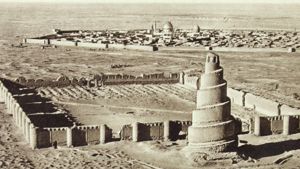
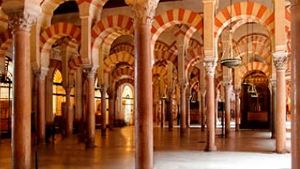
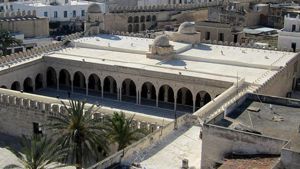
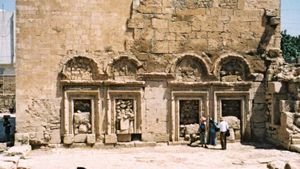
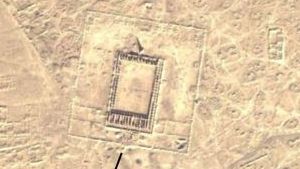
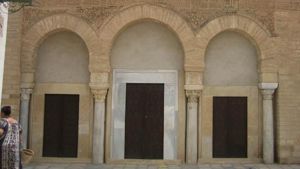
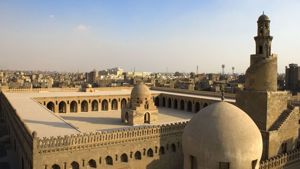
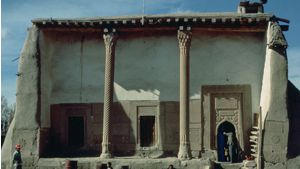
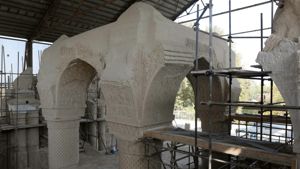
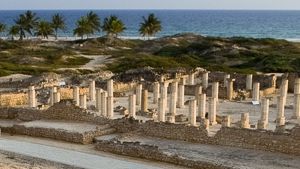
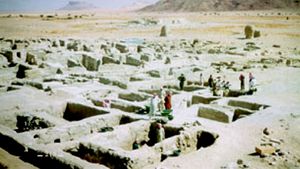
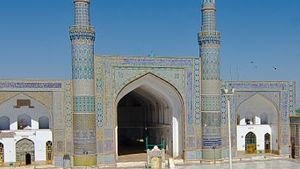
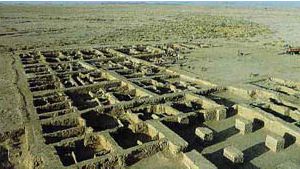
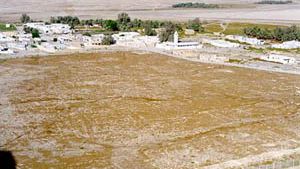
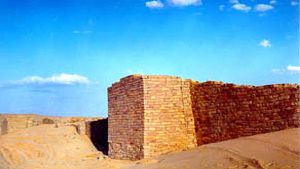
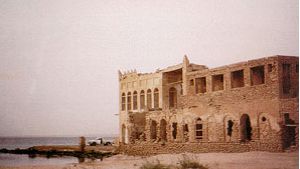

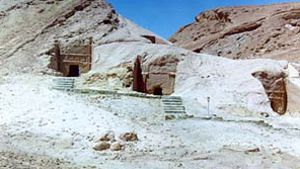
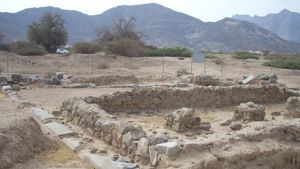
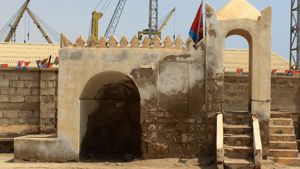
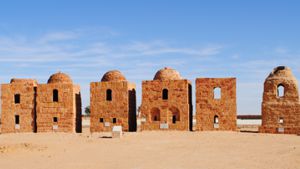
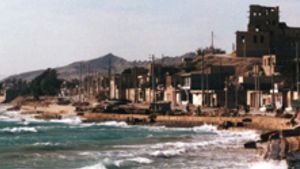
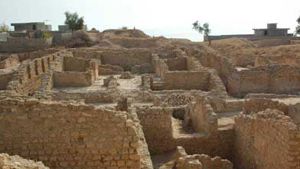
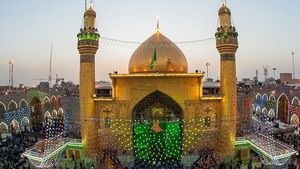
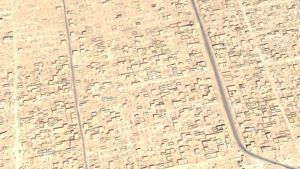
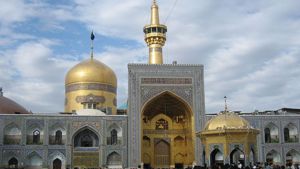
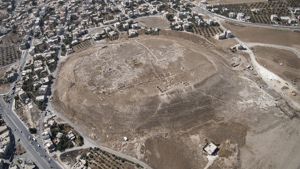

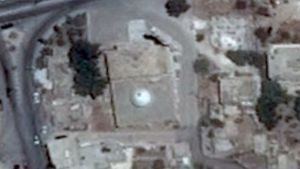
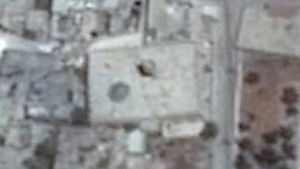
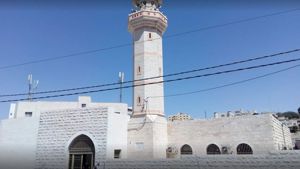
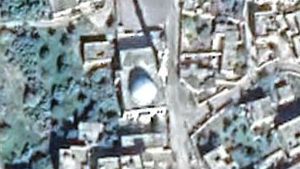
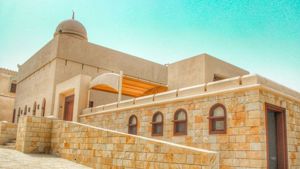
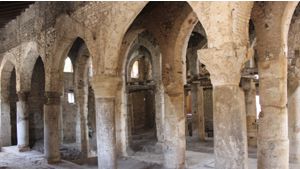
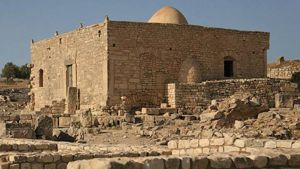
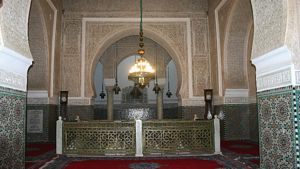
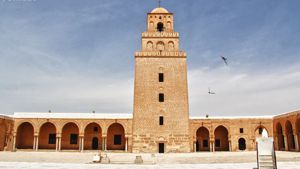
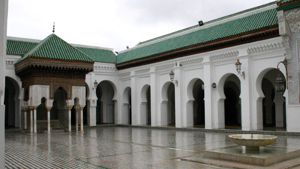

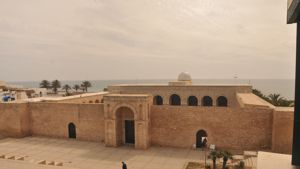
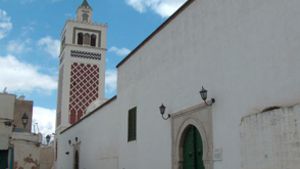
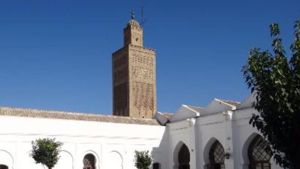


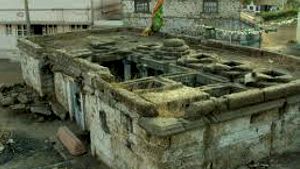
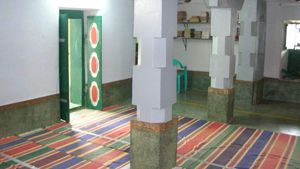
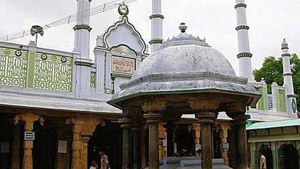
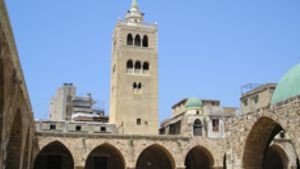
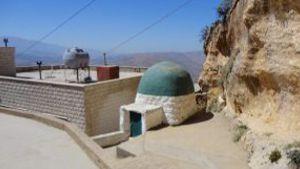

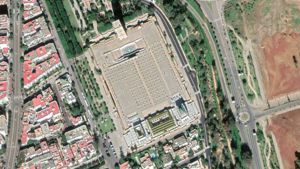
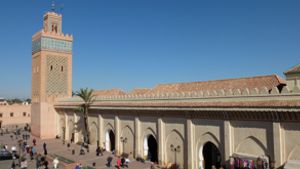

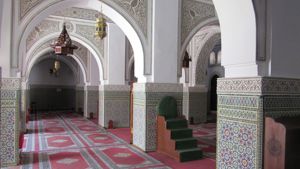
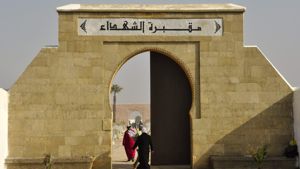
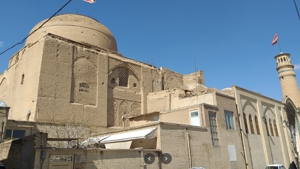
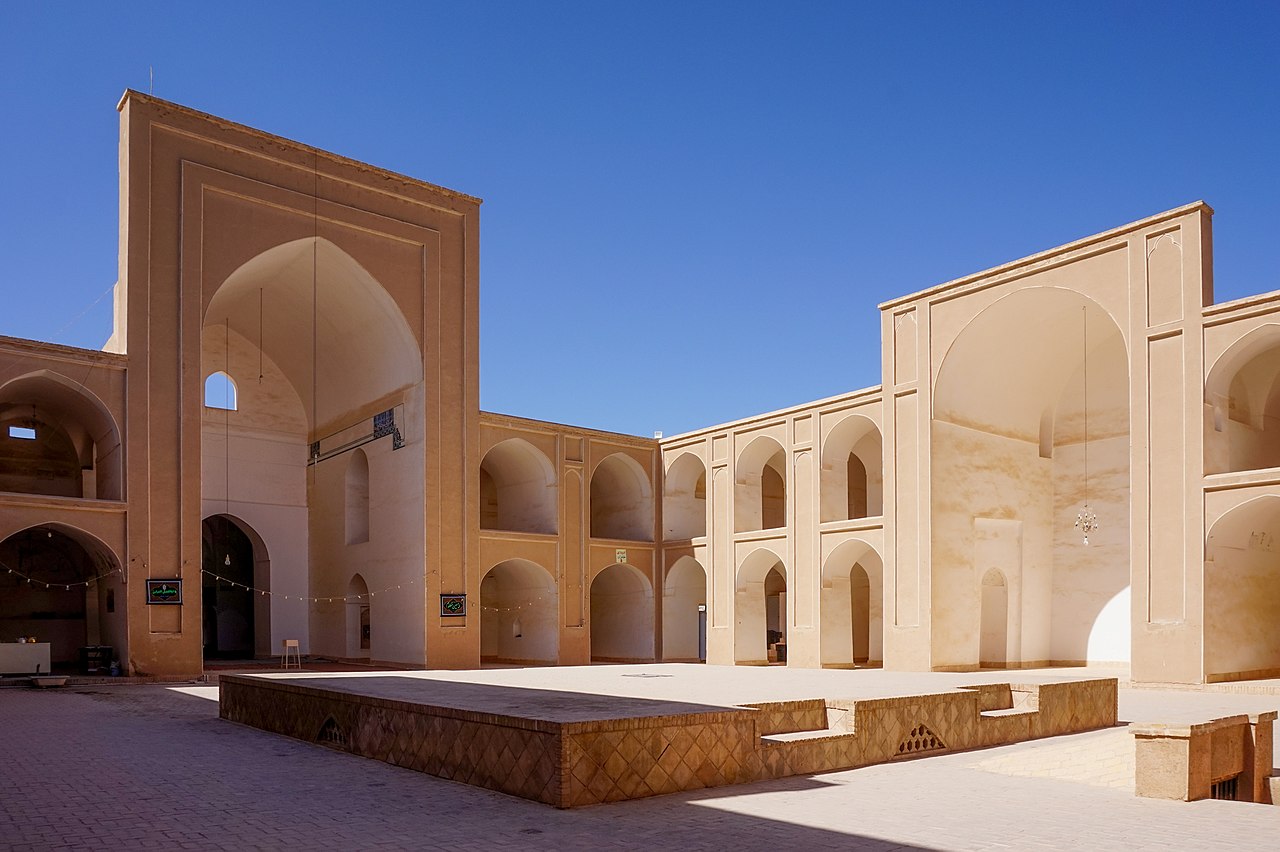
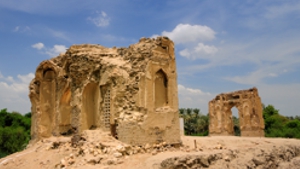
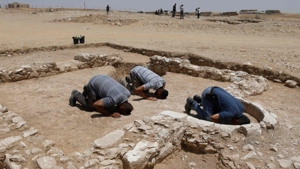
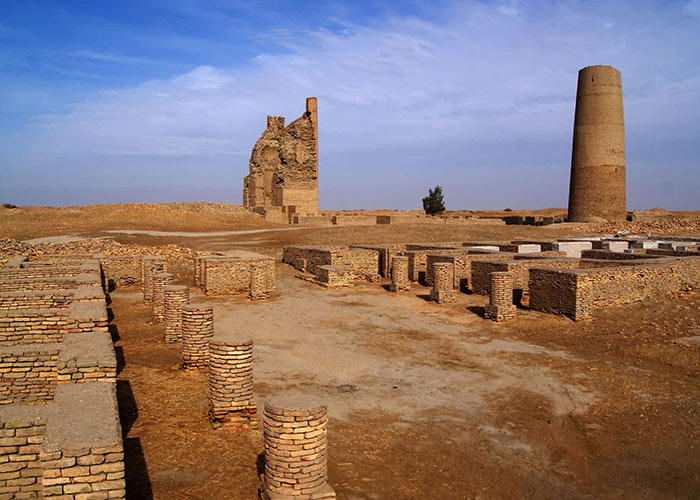


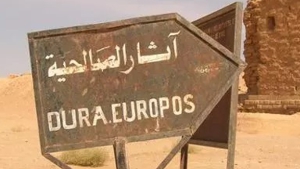
Page Discussion
Membership is required to comment. Membership is free of charge and available to everyone over the age of 16. Just click SignUp, or make a comment below. You will need a user name and a password. The system will automatically send a code to your email address. It should arrive in a few minutes. Enter the code, and you are finished.
Members who post adverts or use inappropriate language or make disrespectful comments will have their membership removed and be barred from the site. By becoming a member you agree to our Terms of Use and our Privacy, Cookies & Ad Policies. Remember that we will never, under any circumstances, sell or give your email address or private information to anyone unless required by law. Please keep your comments on topic. Thanks!